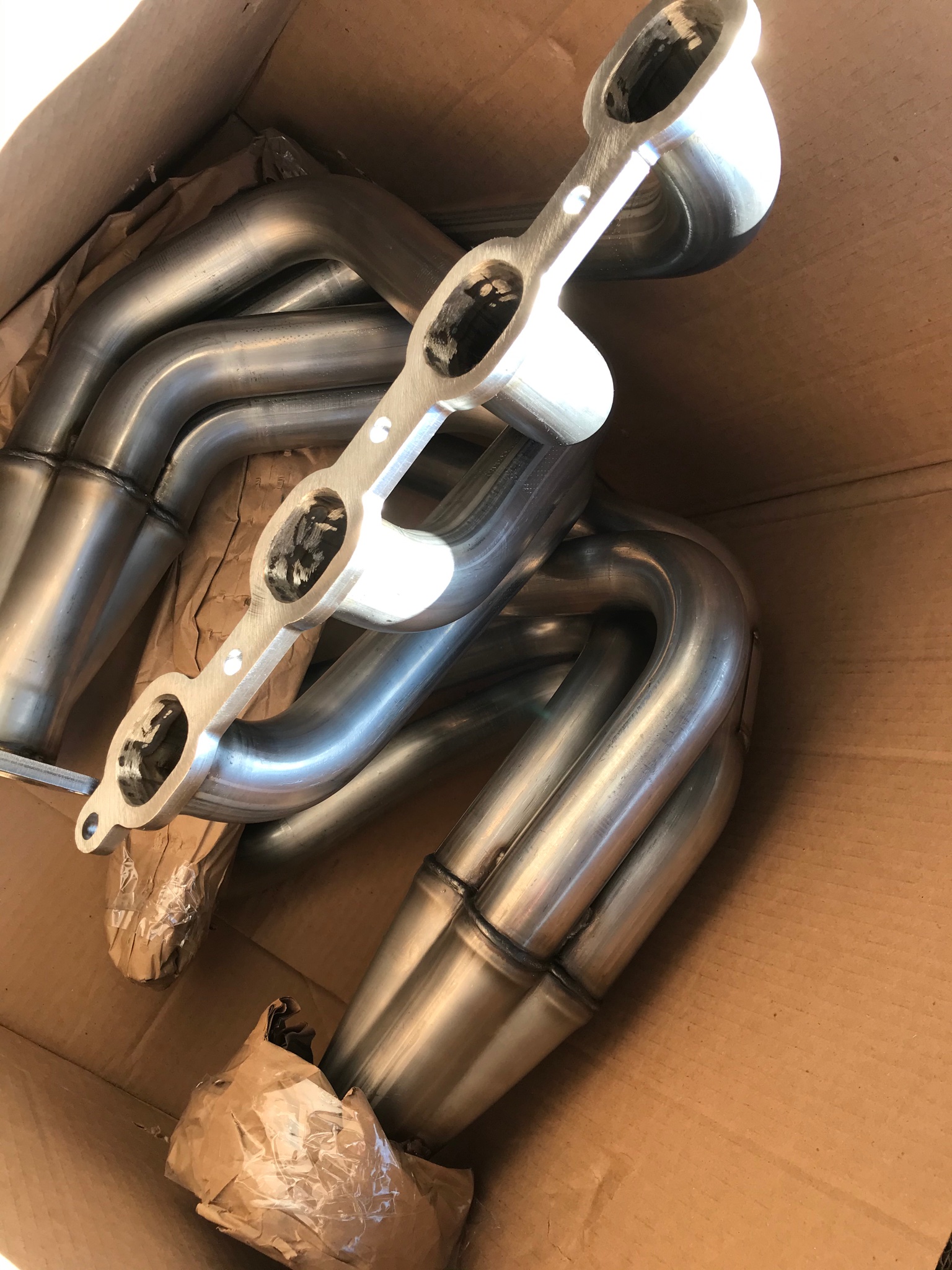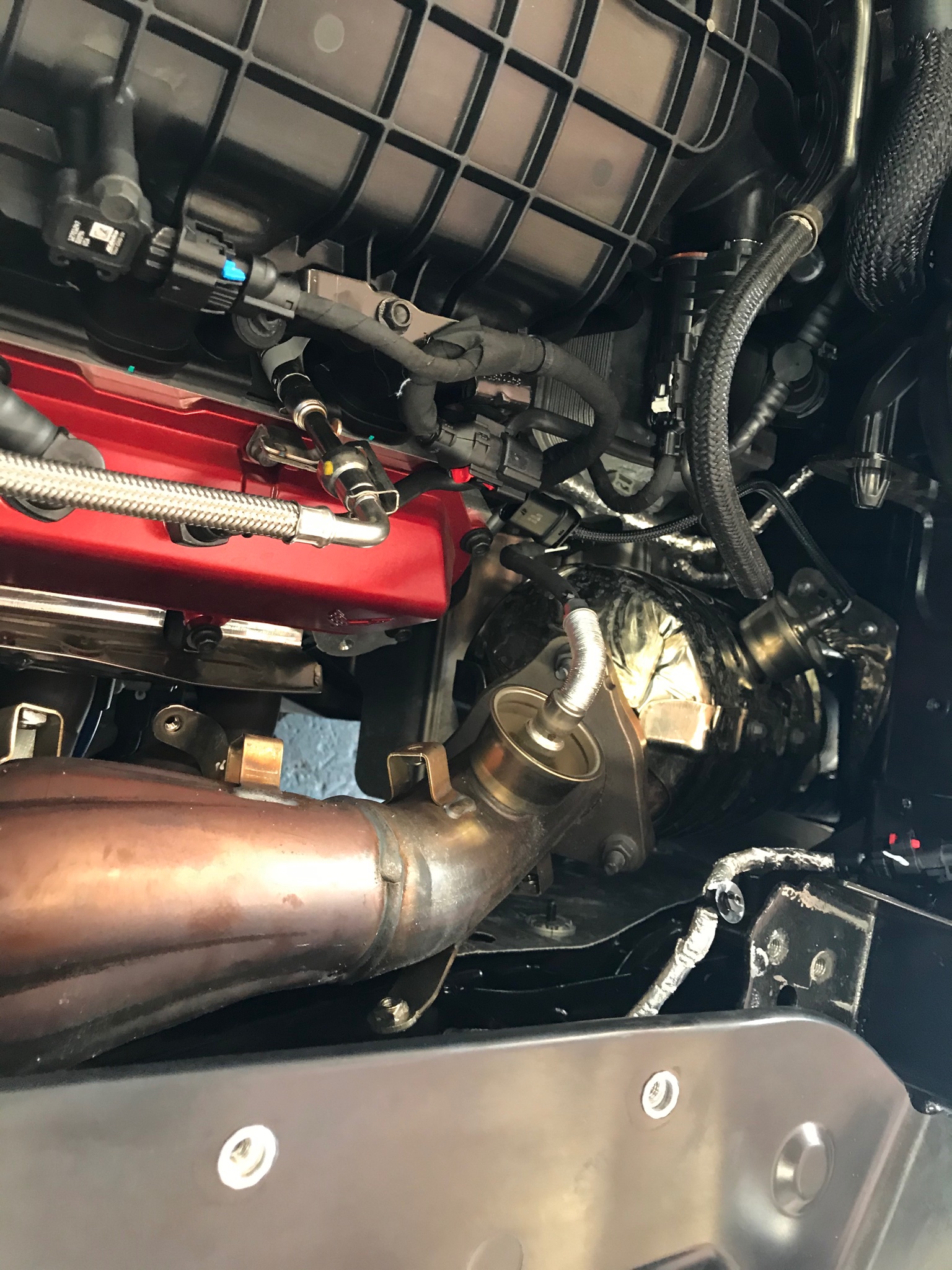It’s been out for a while but many of us have yet to see the eighth generation of the Chevrolet Corvette in person. It is known as the mid-engine Corvette, as the engine was moved from the middle, where it was in the seventh generation Corvette, to the middle, where it is in the eighth generation Corvette. Yes, you read the right, fight me.
That shift of the engine from the middle-front to the middle-rear has a lot of people concerned about the ease of working on it. The great news is that there should be no concern. Read on and look at my mediocre quality phone pictures to understand.
My 4Runner needed an oil change and rear brakes. As always, I went to my friend’s shop, Ace Performance. Because I am a nosy SOB, I just walked around the shop the whole time they worked on my car. You can do that when a good friend owns the place. Front and center was a brand new Corvette convertible. I think it was the loaded model, a 2LT or 3LT as it had cameras all over the place.
It was in the shop to get a set of headers and high-flow cats installed. The cat-back part of the exhaust system was on backorder and not available at this time. But that didn’t stop the owner of the Vette to have the shop install what was available.
As seen in the lede image, once the engine cover is removed the LT2 looks… pretty ugly. In intake manifold or a cover thereof, inside the vee, looks like a back of a television. There are random lines and hoses, and the rest is covered with a large number of heat shields. Ferrari would never allow for this but Ferrari doesn’t cost eighty grand, either.
Step one is to remove the engine cover. Since this is a cabrio, it was a bit different and more challenging than a hardtop. It was held to the operating mechanisms by three bolts on each side. It’s power-operated as it opens when the top is being lowered. The roof gets sandwiched between it and the engine cover.
If you hate skid plates on 4x4s because they get in the way of servicing, you’ll just love this. The whole bottom of the Vette is almost flat, as it should be. It basically looks like panels of sheet metal bolted to various strong points. And that’s exactly what they are.
The good news is that they all unbolt fairly quickly, at least on this brand new vehicle. I wonder if the tops of some of the bolts will shear off during years of driving.
The super good news is the oil filter is nicely accessible. Note that rear lower wishbone suspension.
This is what the driver’s side manifold looks like with the heat shields removed.
Replacement headers. Between them, the high-flow cats, and the cat-back, a ten horsepower gain is expected. But that gain from the exhaust is likely to go up once more if being pushed out from the engine, if you know what I mean and I think you do.
This is how the exhaust manifold connects to the stock catalytic converter. The cats are hidden between the engine and the trunk wall. I’m guessing the trunk gets pretty toasty, so don’t put ice cream there.
This is the view from the top with the driver’s side manifold removed. The manifold is held to the block with just five bolts. It lifts out with a surprising amount of ease. What cannot be seen in this picture is the vast amount of room to the left side of the engine block, under the frame rail. It’s as if the extra space there was purposely left there for some reason. Hmm. [thinking emoji here]
Stock manifold and heat shields out. It looks like a pretty efficient design
Aftermarket header versus factory manifold. I wish I had the technical know-how to explain how the design differences impact the overall airflow. Air volume and velocity are the keys. These are American Racing headers, by the way.
The passenger side manifold did not want to play nice. There were fuel (?) lines in the way and an oil filler/breather is there, too. Its removal had to be very careful.
The silver thing mounted to the firewall in front of the engine is the oil tank. The Corvette uses a dry-sump oiling system. It allows the engine to be placed lower and provides better lubrication under high gravitational loads.
The driver’s side engine block, looking from the top. Spark plugs and coil packs become visible once the manifold is off. Some other LS engines have the coil packs mounted on valve covers but in this case, they’re handing off the side of the engine. Don’t mistake your Vette for an off-roader and drive it through water.
These are the new high-flow catalytic converters. Unfortunately, I was not able to stick around long enough to see them get installed. I didn’t even get to see the factory ones being removed.
Removal of the cats required the opening of the trunk lid. That required the closure of the engine cover, which in turn required the installation of the engine cover. Unfortunately at this time, my 4Runner was ready to go, so I have to end this here. As Haynes manuals famously state, reassembly is the reverse of disassembly.
The important takeaway here is that in the end, all cars are just machines. Machines that are assembled from various parts into one. They are all rather similar to one another, too. If you can spin wrenches you can take them apart and hopefully put back together. Don’t be intimidated. It nice to know that the new rear-mid-engine Corvette is not hard to work on, perhaps even easier than the front-mid-engine Corvette of the past.
















Leave a Reply